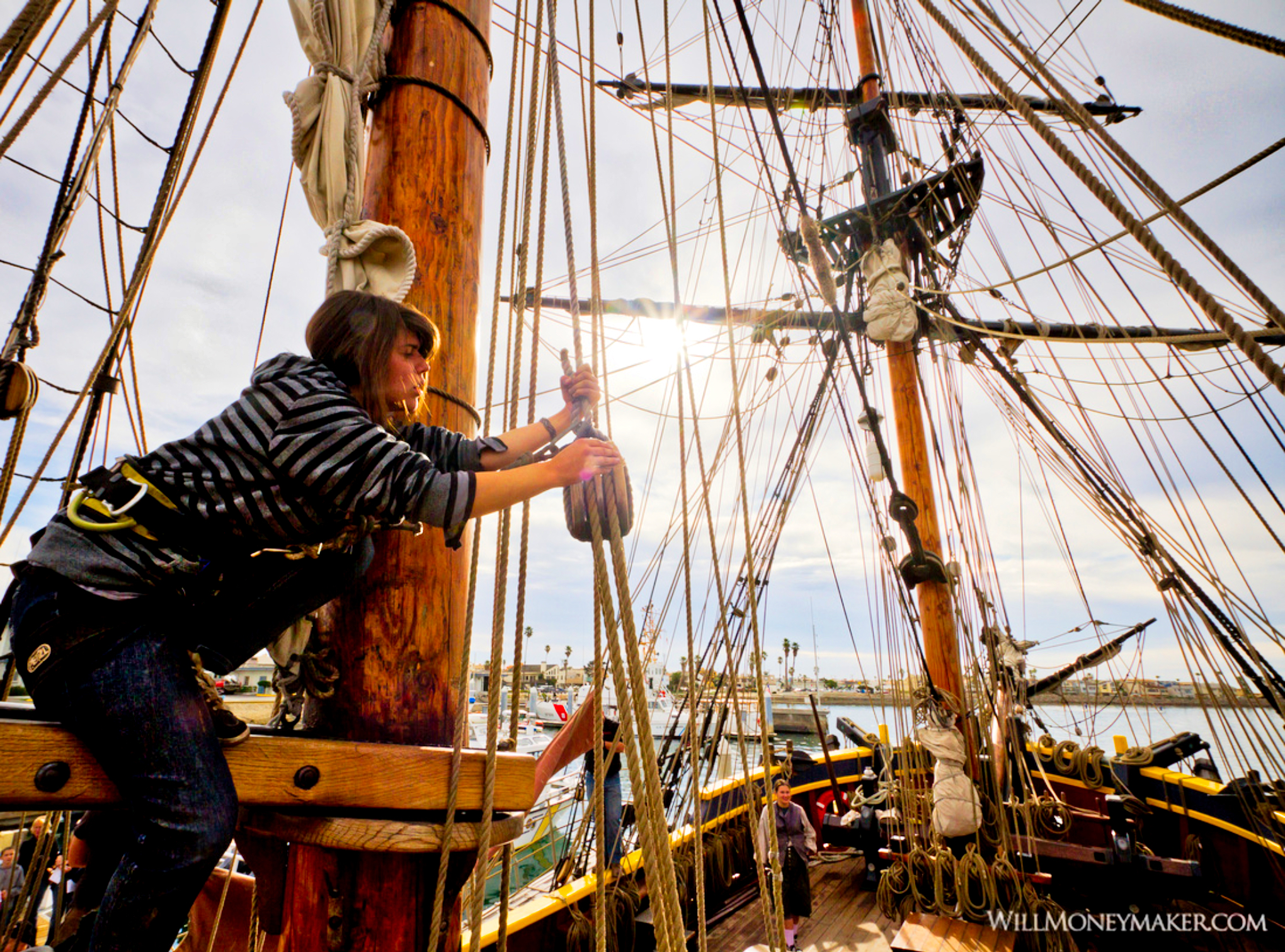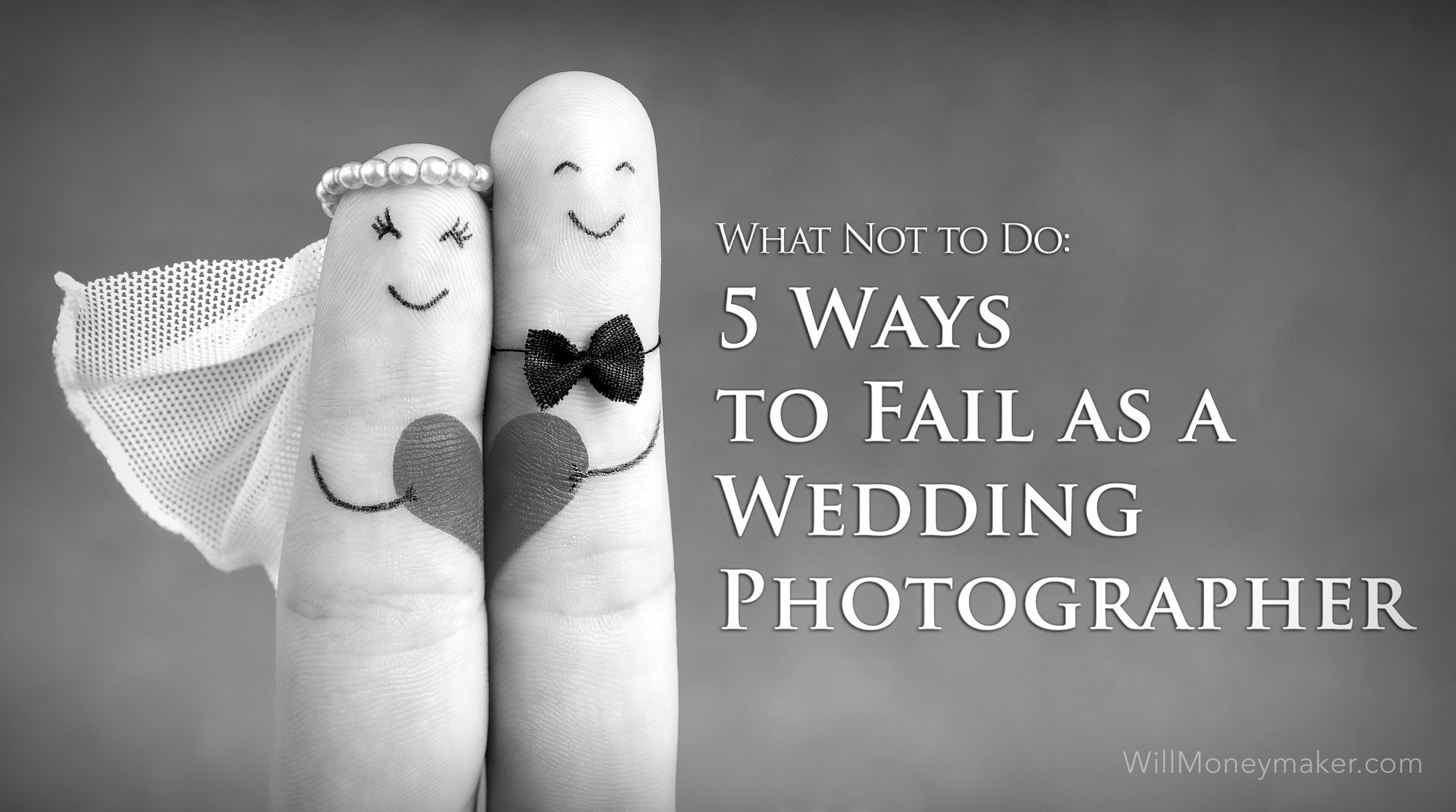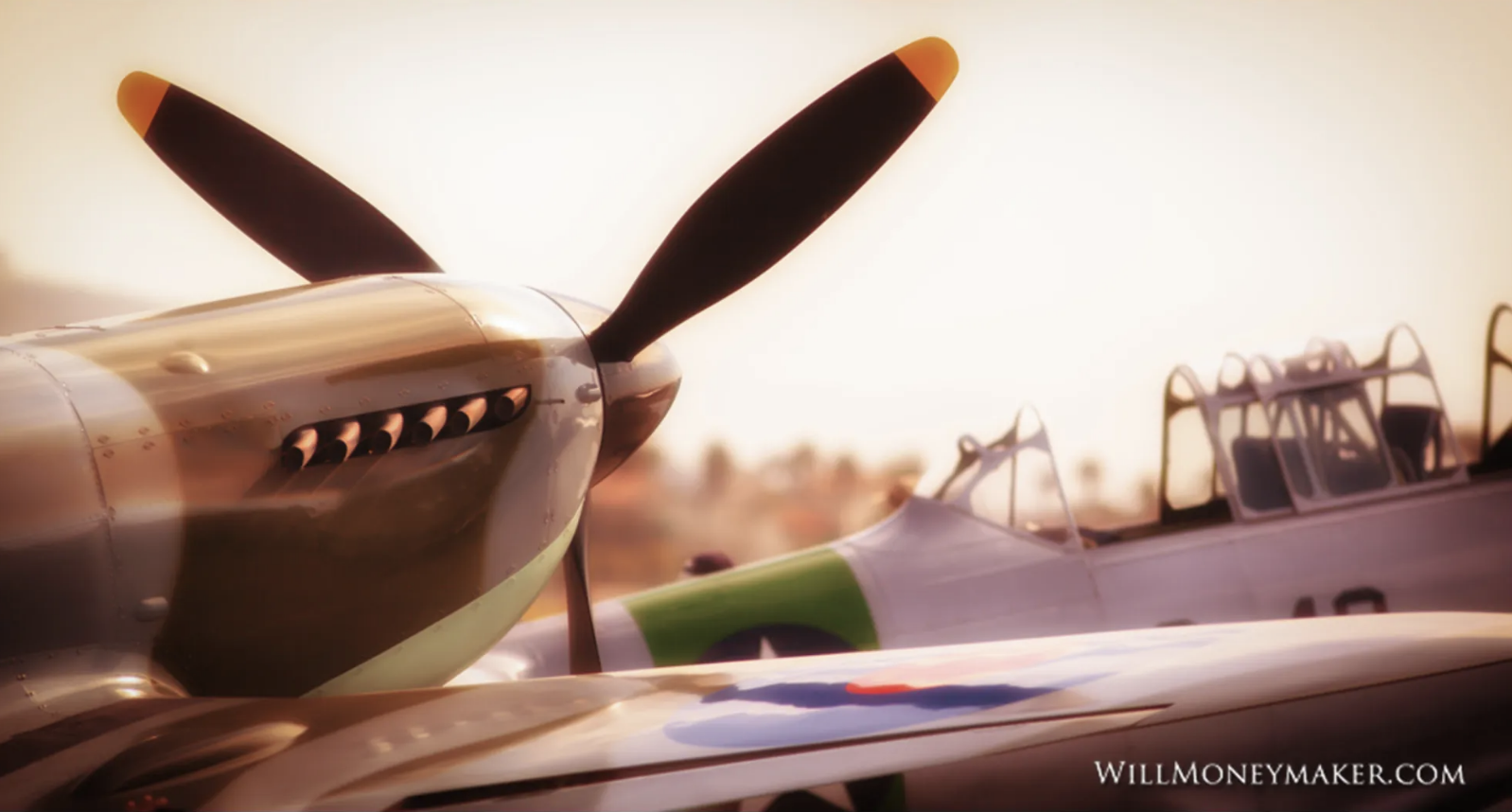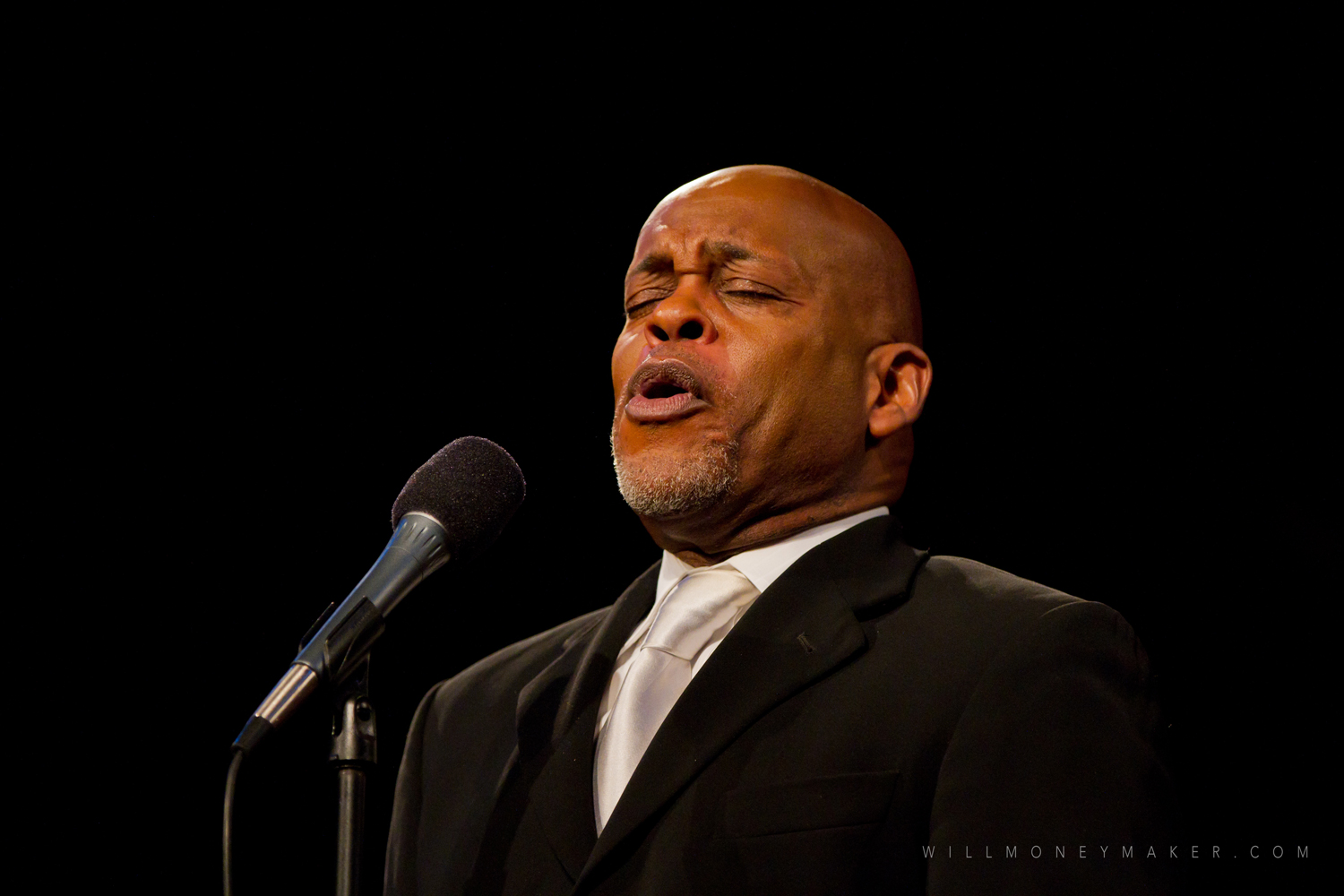The Merriam-Webster Dictionary describes photojournalism as “journalism in which written copy is subordinate to pictorial usually photographic presentation of news stories.” This is how the genre is defined, but it seems to me to be a bit lacking in detail. It doesn’t tell the whole story, which incidentally, is what photojournalism is supposed to do.
So what is photojournalism, really? At its heart, it is storytelling. Photojournalism doesn’t usually rely on one single descriptive image. Instead, it presents images in a sequence that tells a robust story.
What makes this genre different from, say, documentary photography is that photojournalism relies on a strict code of ethics. In other words, you present the story as you see it, not slanted in one direction or another, and without skipping over details that, if left out, might give the story a completely different meaning. Photojournalism is the honest documentation of life.
To understand the true meaning of this kind of photographic storytelling and honesty, let’s take a look at a few legendary photojournalists.
Robert Capa
Looking at Robert Capa’s work, life and philosophy will give you an excellent understanding of what it means to be a photojournalist. This man is perhaps history’s most famous war photojournalist. However, Capa himself hated war with a passion. In fact, he had a particularly strong reason to hate war. He was born Andre Friedmann — a Jewish man in Budapest — and in his 20s, he was driven from his home by the Nazis.
Nevertheless, despite his hatred of war, Capa took no shortcuts. He documented what he saw with brutal honesty. To see what I mean, click through some of his photo essays — but be warned, because Capa did not shy away from documenting war’s horrors.
James Nachtwey
Mr. Nachtwey is a contemporary photojournalist, and in his own words, he says, “I have been witness, and these pictures are my testimony.” You’ll find his galleries by clicking here. As with Capa’s work, Nachtwey sticks to the photojournalist’s code of ethics. Even though the things he has witnessed have been horrific, they are documented clearly and honestly.
Gina Lollobridgida
Gina Lollobridgida is another famous photojournalist that started her career as an actress. In the 1970s, however, she switched career paths and began documenting life as she saw it. She wasn’t a war photographer, but she did capture lifestyles around the world. You can see a photo essay of life in Rome and Italy here.
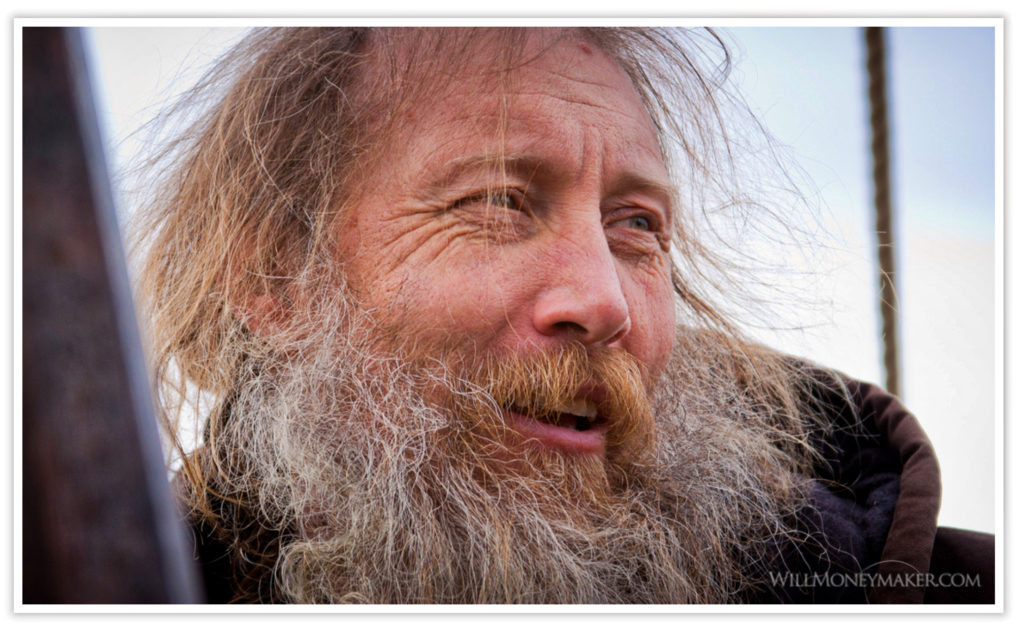
Tips and Tricks for Photojournalism
You’ve seen how the professionals do it, so now it is time to learn how to refine the craft. Here are a few of my favorite tips.
- Plan your trips well. Any story, whether it is a book or a series of images, needs a plan or an outline. Don’t expect to simply take your camera along and hope a story emerges.
- When you are actually taking the photographs, timing is everything. Look for opportunities to add motion and expression to the images. In sports photojournalism, for instance, you can capture the expressions of the winning or losing team, and you can capture athletes in the midst of the action.
- Pick a lens and stick with it. You likely won’t have the opportunity to change lenses as you are in the thick of the action, and carrying around a heavy gear bag will slow you down. This is why you’ll often see photojournalists carrying two cameras around their neck, so that they have both long and short lenses readily available.
- Make sure to stay aware of your exposure settings the entire time. In fact, when you move to a new location, it is wise to go ahead and adjust your exposure so that you won’t miss shots trying to make adjustments when something photo-worthy happens.
- Don’t be afraid to move around and try different angles. Lay down and shoot upwards, or take a high vantage point for a bird’s-eye-view. As you start putting your essay together later, you’ll find that the different vantages help make the story more interesting.
Those tips will help you take great photos, but there is a lot more to know. I’m speaking of things like lighting, exposure, picture quality and clarity. One of the keys to great photojournalism is photographs that are incredibly clear and easy to look at and understand.
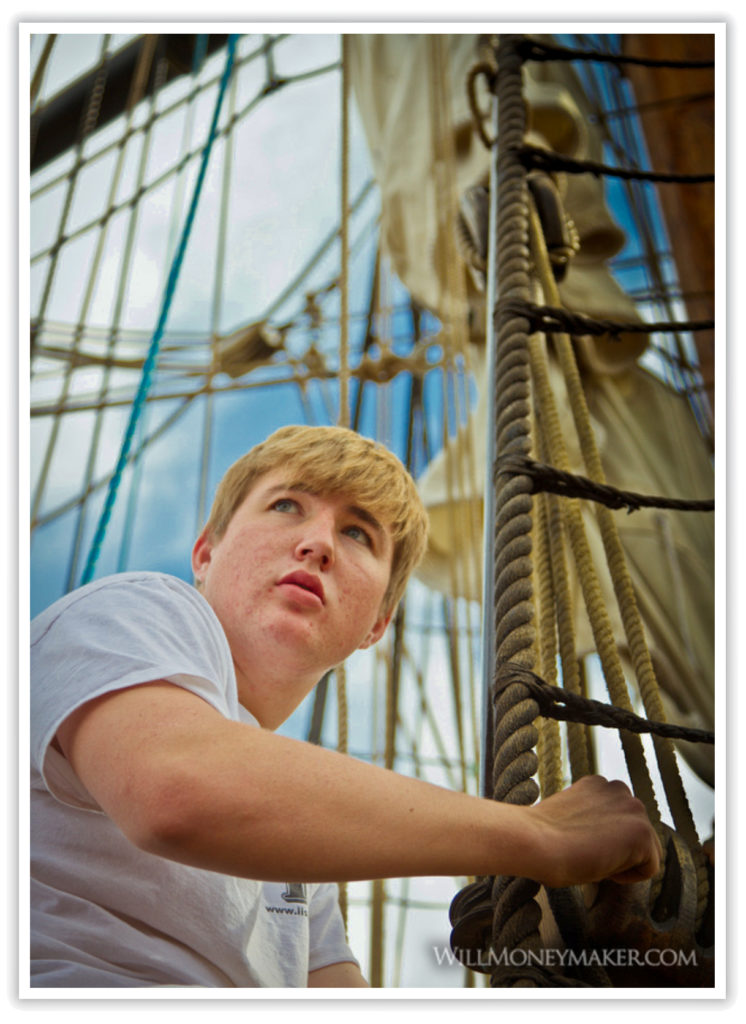 In terms of lighting, this means that you should avoid artistic effects, even though it may be tempting. Instead, make sure everything is brightly and evenly lit so that you aren’t losing details to shadows or highlights. The same is true of exposure: Don’t over or under expose images for artistic effect. Make sure that your exposure is correct so that the people who view your photojournalism can examine every detail and get a sense of the atmosphere you are creating.
In terms of lighting, this means that you should avoid artistic effects, even though it may be tempting. Instead, make sure everything is brightly and evenly lit so that you aren’t losing details to shadows or highlights. The same is true of exposure: Don’t over or under expose images for artistic effect. Make sure that your exposure is correct so that the people who view your photojournalism can examine every detail and get a sense of the atmosphere you are creating.
When it comes to picture quality, make sure that you use the highest resolution possible on your camera, and aim to use an ISO setting that doesn’t introduce noise. Shoot in the camera’s RAW format and not as JPEGs so that you have that much more data to work with when you are post processing. And speaking of post processing, don’t overdo it since people are looking for the story in these images rather than pure artistry.
Finally, make sure to take images that are as sharp as possible. Unless it is absolutely necessary, avoid wide apertures that create a narrow depth of field. Your audience is going to want to see the setting in which you are telling the story. In addition, make sure that your focus is as perfect as possible because again, your audience will want to see every detail.
We spend a lot of our time on fine art photography, but photojournalism is just as important. Not only does it give you a chance to document history, but it also allows you to accomplish this task with great detail and complete honesty. I recommend that all photographers create a journalistic series at least once because it will improve your storytelling skills.

